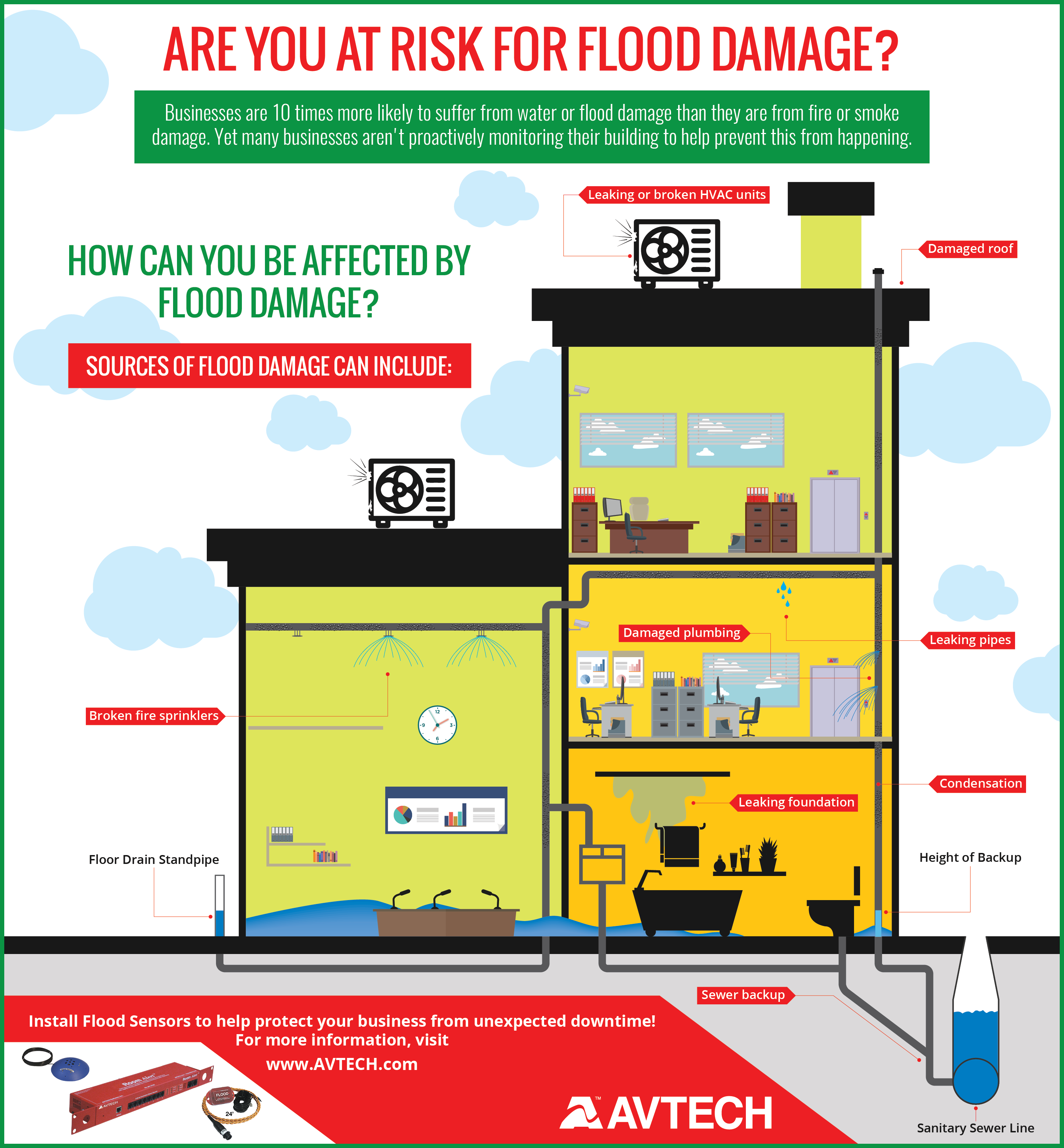Professional Guidelines For A Detailed Roof Covering Evaluation
Professional Guidelines For A Detailed Roof Covering Evaluation
Blog Article
Written By-Pearson Dean
To ensure your roof continues to be in top problem, expert tips for a detailed inspection can make all the difference. By mastering the art of analyzing vital locations and spotting typical warnings, you might possibly conserve yourself from pricey repairs down the line. So, are you prepared to take the initial step in safeguarding your home and improving your roofing system's long life?
Roof Covering Examination Preparation
Get ready for your roof covering assessment by collecting needed tools and security equipment. Start by ensuring you have a tough ladder that reaches the roof securely. In addition, order a set of sturdy job handwear covers to secure your hands from any type of sharp sides or particles. A trustworthy flashlight will also come in convenient, particularly if you're examining the roofing system in dark lighting problems.
Next off, gather a caulking weapon and roof sealer to attend to any small leaks or problems you may run into during the inspection. A measuring tape will certainly help you precisely analyze the dimensions of any type of problem locations. Don't neglect to bring a notepad and pen to jot down notes or strategize diagrams if needed.
Lastly, focus on safety by putting on non-slip footwear to stop crashes while getting on the roofing. Think about making use of a harness or ropes for added security, specifically on high roofings.
Key Areas to Analyze
Examine the roofing system's crucial areas completely to guarantee an extensive assessment of its condition. Beginning by taking a look at the tiles or roof covering material. Seek any type of indicators of damages such as cracks, missing out on pieces, or crinkling edges.
Check the blinking around chimneys, vents, and skylights for any type of corrosion or spaces that can result in leaks. Evaluate the gutters for debris accumulation and guarantee they're securely affixed to the roof. Pay attention to the roofing valleys where water drainage is concentrated, as these areas are much more vulnerable to leaks.
Next off, analyze https://www.nerdwallet.com/article/mortgages/roof-replacement-cost and fascia for any type of signs of rot or damages, as these components are vital for appropriate air flow and defense versus wetness. Inspect the attic room for any kind of signs of water damage, such as spots or mold and mildew growth, which could indicate a dripping roofing.
Finally, check the seals around vent pipelines and various other roofing system penetrations to guarantee they're undamaged and watertight. By extensively taking a look at these vital locations, you can identify any prospective problems and address them quickly to keep the integrity of your roofing system.
Common Roof Covering Warning
Watch out for common roofing warnings that might suggest potential issues with your roof's problem. Missing out on or damaged roof cleaner san antonio are a clear sign that your roofing may be compromised. Look for crinkling, distorting, or blistering roof shingles also, as these can point to weathering or inadequate setup.
Water spots on your ceiling or walls are a warning for a leaky roof that needs instant focus. Look for indications of moss or algae development, as these can suggest trapped dampness, which may cause rot. If you observe granules from asphalt roof shingles in your seamless gutters, it can mean your roofing system is nearing the end of its life expectancy.
Drooping areas on your roof covering recommend structural damages and must be resolved immediately. Finally, daylight coming through the roofing system boards in your attic room signals a need for roofing repairs. Keeping an eye out for these common red flags can assist you catch roof covering issues early and prevent costly damage.
mouse click the next site
To conclude, conducting regular roofing inspections is crucial for identifying and dealing with problems prior to they rise. By utilizing the right tools and safety and security devices, focusing on key areas, and watching for typical red flags, you can ensure the long life and stability of your roofing.
Remember, early detection and punctual fixings can save you money and time over time. Remain proactive and keep your roof covering in top problem.
